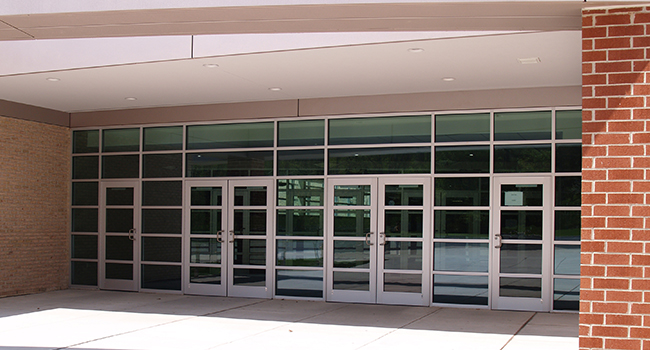
Maryland District to Add External Door Monitoring Systems
The St. Mary’s County Public Schools board of education approved Wednesday the installation of external door monitoring system.
- By Jessica Davis
- April 02, 2019
The St. Mary’s County Public Schools board of education approved Wednesday the installation of external door monitoring system.
The door systems are designed to prevent intrusions, said Mike Wyant, director of St. Mary’s County Public Schools safety and security. The door monitoring systems will be installed on ground-level exterior doors at multiple schools and office locations and will be monitored by security staff.
According to Wyant, the safety and security department is assessing school and office locations at which to install the equipment.
Superintendent Scott Smith said the door alarm system will be set up at the security station that sits between the vestibule and main office of a school. The security assistant, who greets visitors as they arrive, will also be able to see who’s entering and exiting all of the ground-level exterior doors via a monitor.
“You can see if they are open or closed,” Smith said. “You can see in the camera exactly what’s going on.”
According to Wyant, the system will run off Wi-Fi, eliminating the need for cables. The district wants to begin installing the door monitoring systems at Chopticon High School during spring break in April, at Great Mills in May and Leonardtown in the summer.
In addition to installing the monitoring systems, Wyant wants to assign a number to each door at the schools. “It’s critically important,” he said, and noted that a numbered door system would help first responders in an emergency if they needed direction.
The costs of the installations will vary for each campus based on the number of ground-level exterior doors, but the installation for Great Mills High School will cost $50,210.
About the Author
Jessica Davis is the Associate Content Editor for 1105 Media.